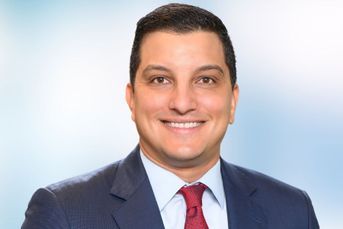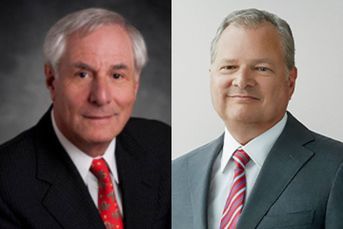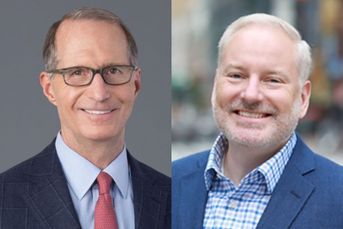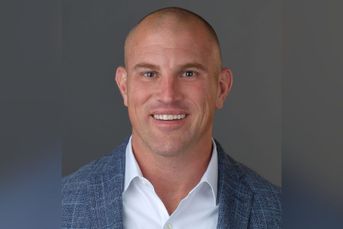Alternatives a safe haven in changing investment game
Investment expert Bob Rice calls alternatives part of a "risk-tolerant, panoramic portfolio". But just how should they work for your clients? Related: Bob Rice outlines four jobs alts accomplish in a portfolio.
With the dramatic shift in markets and central bank policy since the credit crisis five years ago, the need for financial advisers to find an appropriate strategy to invest in alternatives is essential, according to Bob Rice, author of “The Alternative Answer: The Nontraditional Investments That Drive the World’s Best-Performing Portfolios” (HarperBusiness, 2013) and alternative investments editor for Bloomberg Television.
“The game has changed,” Mr. Rice said. “Investing can’t be the only thing that remains the same. Investors need a risk-tolerant, panoramic portfolio — in other words, alternatives.”
Mr. Rice was the keynote speaker Monday afternoon at the InvestmentNews Alternative Investments Conference in Chicago.
“First, ask investors, ‘What are you trying to accomplish?’” he said. “The second question is, ‘Which strategy do you want to use?’ And then, ‘Which vehicle to use to get to that goal?’ That may be oversimplified, but it’s intelligible to clients.”
Building a portfolio that answers those questions is impossible for advisers to accomplish using a traditional portfolio of 60% stocks and 40% bonds, Mr. Rice said.
The new Jumpstart Our Business Startups Act will have a “massive impact” on investor and adviser access to alternative investments, he said. Managers will be able to “raise money over the Internet. It’s another step of doing away with the middleman.”
Registered private placements and the JOBS Act “allow you to tackle a much broader world of privates and alternatives,” he said. “They are still only for accredited investors, and now can advertise.”
Inefficient markets such as electricity trading also present opportunities for advisers looking at alternative investments, he said.
“Managers in alternatives can create value,” he said. For example, he said that the Collectors Fund, run by Sandy Kemper, as an alternative investment in art, meets his criteria.
Mr. Kemper “is a real fiduciary,” Mr. Rice said. The problem with some funds that invest in alternatives such as art is that the manager has a background and knowledge in art but is not a true fiduciary.
“This is active alpha,” Mr. Rice said. “You can create value by putting the art on display or have access to scholars that will write about it.”
He said that there are similar such investments in farmland, with the manager as a fiduciary and the knowledge to create value in the investment, but Mr. Rice declined to name specific managers. “Those are the kind of things I like to invest in,” he said.
Learn more about reprints and licensing for this article.








